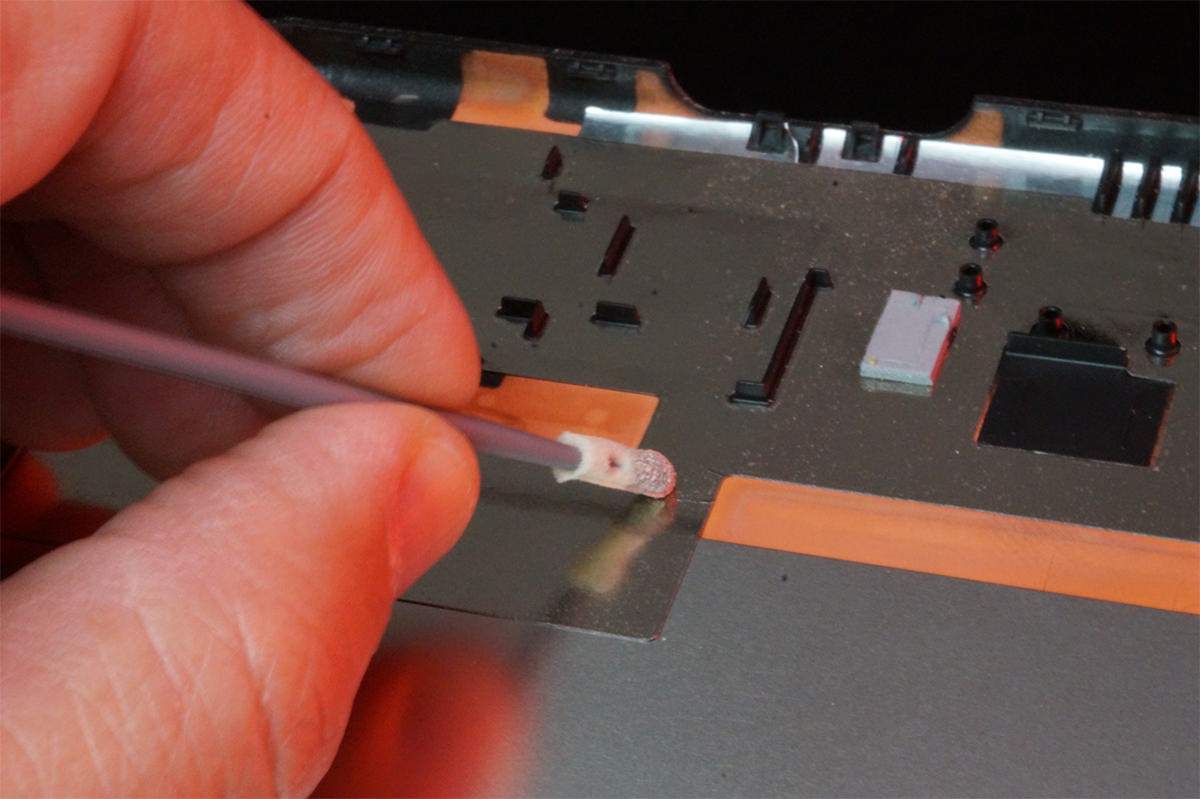Are you tired of dealing with unwanted interference in your wireless devices? Do you find it frustrating when your Wi-Fi signal suddenly drops or your Bluetooth connection becomes unreliable? If so, then understanding RF shielding is crucial for you. In this article, we will dive deep into the world of RF shielding and explore how it can help silence those disruptive signals.
RF shielding plays a vital role in maintaining the integrity and reliability of wireless communication systems. By blocking unwanted electromagnetic radiation, it ensures that only the desired signals are transmitted and received without any interference. But how does RF shielding work exactly?
In this comprehensive guide, we will explain the principles behind RF shielding and delve into different types of materials used for effective signal silencing. We will also discuss various techniques that can be employed to maximize the effectiveness of RF shielding. So get ready to conquer those pesky signal disruptions as we unravel the mysteries of RF shielding technology.
The Importance of RF Shielding
You can’t underestimate the significance of RF shielding; it’s like wrapping your electronics in an impenetrable fortress, guarding them against the relentless barrage of electromagnetic waves. RF shielding acts as a protective barrier that blocks unwanted radio frequencies from interfering with sensitive electronic devices. It prevents signal leakage and electromagnetic interference, ensuring optimal performance and reliability. By effectively silencing these signals, RF shielding provides a stable operating environment for your electronics, reducing the risk of malfunctions or data corruption.
How RF Shielding Works
Discover how this technology effectively blocks electromagnetic waves. RF shielding works by creating a barrier that prevents the transmission of radio frequency signals. It utilizes conductive materials, such as metal alloys or carbon-based composites, to absorb or reflect electromagnetic radiation. These materials act as a shield, redirecting and dissipating the energy from incoming waves. By strategically placing these shields around sensitive equipment or areas, RF interference can be significantly reduced, ensuring optimal performance and protection against potential threats.
Types of RF Shielding Materials
Learn about the different materials used in RF shielding to effectively block electromagnetic waves and protect sensitive equipment or areas. There are several types of materials commonly used for RF shielding, each with its own unique properties. Conductive metals like copper and aluminum are often utilized due to their excellent conductivity and ability to reflect or absorb electromagnetic radiation. Additionally, conductive coatings, such as conductive paints or films, can be applied to surfaces to enhance shielding effectiveness.
Techniques for Effective Signal Silencing
One way to effectively block unwanted electromagnetic waves is by employing various techniques for quieting the signals. By utilizing proper grounding techniques, you can reduce the interference caused by stray currents and create a stable electrical environment. Additionally, using high-quality shielding materials with low conductivity can help absorb and dissipate electromagnetic energy. Furthermore, implementing signal filters and isolators can further enhance the effectiveness of RF shielding by selectively blocking certain frequencies while allowing others to pass through undisturbed.
Applications of RF Shielding Technology
Protect yourself and your loved ones from the potential dangers of electromagnetic waves by exploring the wide range of practical applications for RF shielding technology. This technology is widely used in industries such as telecommunications, aerospace, and healthcare. In telecommunications, RF shielding is essential to prevent interference and ensure clear signals. In aerospace, it protects sensitive equipment from electromagnetic radiation in harsh environments. In healthcare, RF shielding helps create controlled environments for medical imaging and research purposes.
Conclusion
In conclusion, understanding RF shielding is crucial for effectively silencing signals. By utilizing various types of shielding materials, such as conductive metals and foams, unwanted electromagnetic waves can be blocked or redirected. Implementing techniques like proper grounding and enclosure design further enhance signal isolation. RF shielding finds applications in numerous industries, including telecommunications, aerospace, and healthcare. Its ability to minimize interference ensures reliable communication systems and protects sensitive electronic equipment from external disturbances. Embracing RF shielding technology is pivotal for maintaining optimal signal integrity in today’s increasingly wireless world.


Comments are closed.